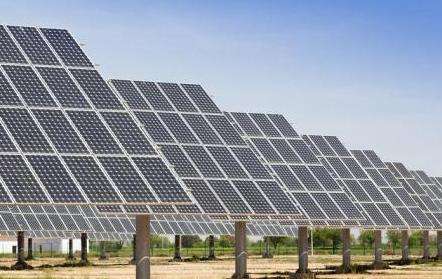Generally, the height of the wind turbine should be 6 meters higher than the surrounding obstacles, in order to achieve the best power generation effect.
The operating principle of a wind turbine is relatively simple. The wind wheel rotates under the influence of the wind. It converts the kinetic energy of the wind into the mechanical energy of the wind wheel shaft. driving the wind wheel shaft to produce electricity. Generally speaking, wind energy is also solar energy, so we can also say that a wind turbine is a thermal energy generator that uses the sun as a heat source and the atmosphere as a heat fluid. work.
Detailed information:
Nacelle: The nacelle contains the key equipment of the wind turbine, including gearboxes and generators. The staff of mymaintenance can enter the nacelle through the wind turbine tower. The left end of the nacelle is the wind turbine rotor, that is, the rotor blades and shaft.
Rotor blades: capture the wind and transmit the wind force to the rotor shaft. On a modern 600-kilowatt wind turbine, each rotor blade is about 20 meters long and designed to resemble an airplane wing.
Axis: The rotor axis is attached to the low speed shaft of the wind turbine.
Low speed shaft: The low speed shaft of the wind turbine connects the rotor axis and the gearbox. On a modern 600 kW wind turbine, the rotor turns quite slowly, around 19 to 30 rpm. There are conduits in the shaft for the hydraulic system to activate the operation of the aerodynamic brake.
Baidu Encyclopedia - Wind Turbine
En In fact, tower tubes represent around 20% of the cost of a wind turbine. Although the towerAlthough it has a simpler loading shape than the blades, the hundred meter height imposes heavier loads on the tower itself, particularly at the base of the tower. The tower forces are mainly the gravitational force of the fan and the lateral force of the wind. As for gravity, just make sure there's enough cross-sectional area to handle it. However, when it comes to lateral forces, the tower is a “beam” fixed at the bottom. A small force on the head creates a larger bending moment on the bottom.
This bending moment can damage the basic structure. This structure, similar to a cantilever beam, will therefore be reinforced at its fixed end. The beam structure itself will also be specially designed. In order to improve the lateral bending resistance of the tower, the size of the bottom is larger than that of the top. Ideally, this variable section sizecan allow internal stresses to be distributed evenly. This makes it possible to fully utilize materials, maximize their bearing capacity and reduce the weight of the structure. It was very windy that day. However, strong winds should not be the main reason. When starting a wind project, local weather resources will be studied. Wind level is obviously an important parameter in the structural design of wind turbines. Although it was very windy that day, but no extreme weather conditions. Wind levels should always remain within design limits.
The load capacity of the first level (lower level) tower is sufficient. If the cause lies in the first step, then the entire tower will fall in one piece and the top tower will basically not be disconnected. Overall, the stress distribution is essentirely uniform due to the variable cross section of the tower structure. However, because the tower is manufactured in sections, the connections in that section are the weak link in the tower. The small holes around the tower are connection holes, which are fixedly connected by bolts and other connectors during installation. In the installation specifications, these connectors are precision connectors and require a dedicated torque wrench to install them for optimal torque: they are not too large to damage the connector, and they are not too small to connect. Not sure.
However, these connectors remain the weak link. When a wind turbine operates, the wind force is not constant but pulsating, and the direction is not unique. For towers, the wind direction is completely random. This form of wind acts on the blades and is then transplaced in the tower. The tower itself will swing under the influence of the wind, which is fatal to the connector. Under this kind of swing, the connection can become loose. Once released, the swing will increase, which is a vicious cycle. Additionally, when the connector itself swings back and forth, it is subjected to cyclical loads, subject to metal fatigue, thereby reducing its load-carrying capacity. After some time it will disconnect and there will be a connection between the first phase and the second phase. There is an obvious breakage, which is probably a problem with the connector here.














